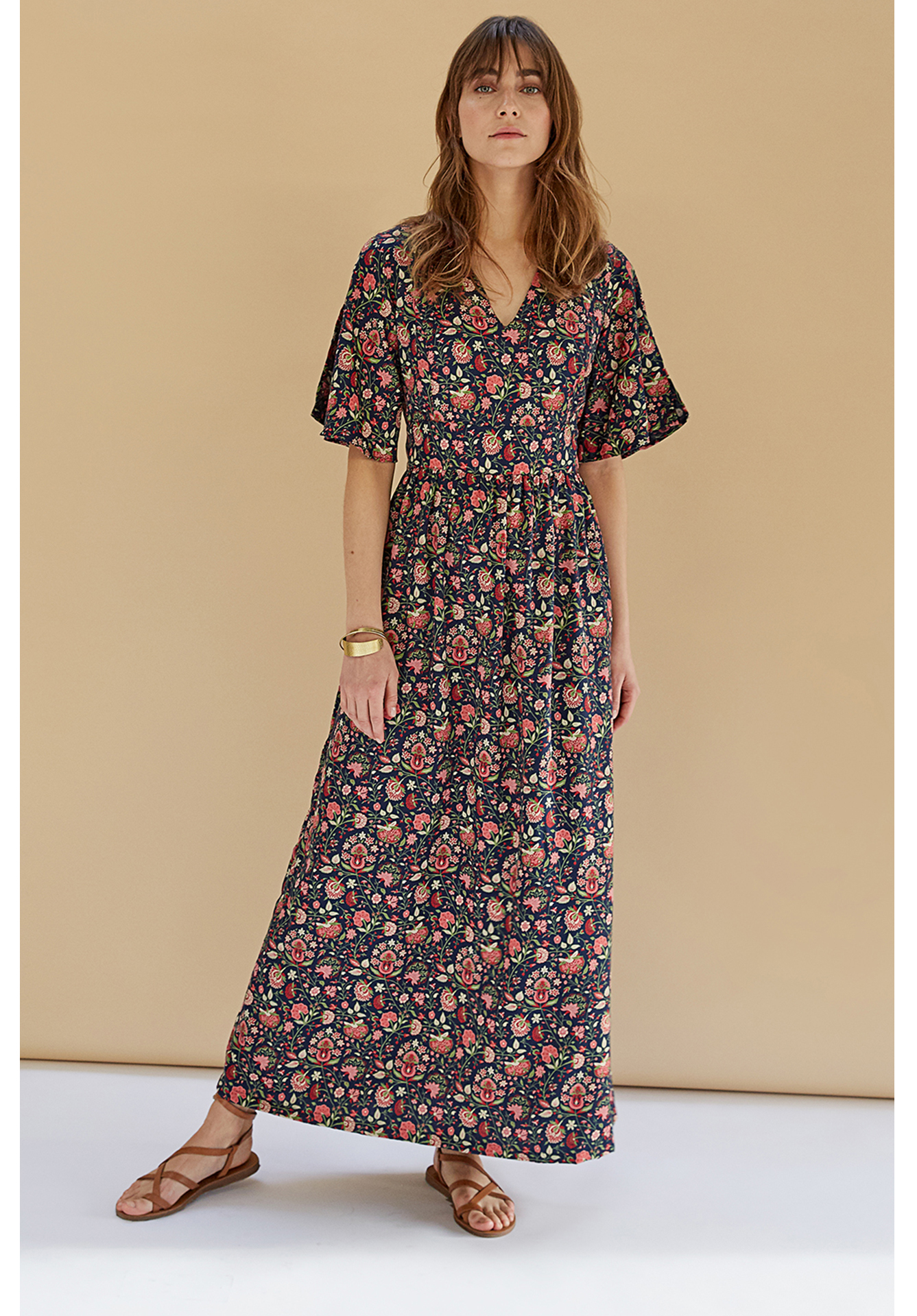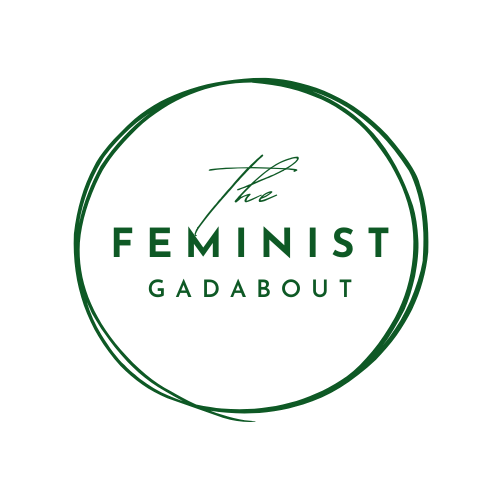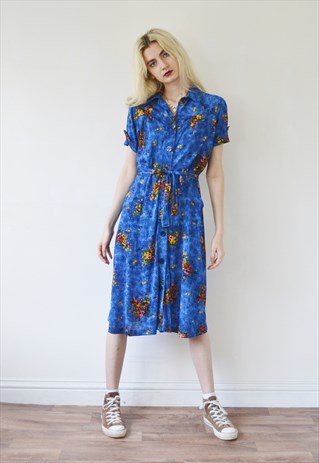The world is finally starting to wake up to the necessity of changing the way we as a society interact with the world around us, from both an environmental and a social standpoint. Highlighted by the recent school strikes and Extinction Rebellion protests, we are facing a world in which rapid and extreme change is needed in order to prevent catastrophic and irreversible damage to our ecosystems.
It is easy to feel demoralised and hopeless when confronted with such apparently insurmountable challenges. While it will take action by governments and global industry to bring about the level of emission reduction we really need, this doesn’t mean that we have no power as individuals. Don’t deny yourself agency by leaving the big issues to other people.
“Don’t deny yourself agency by leaving the big issues to other people”
There are many steps we can take in our own lives to reduce our impact on the planet, and promote change. From spurning single-use plastic to buying locally and eating seasonally, we can do lots of seemingly small things, which collectively make a big difference.
One of the major ways we can reduce our global impact is by buying clothing in an ethical and environmentally sound way. It is well-known that the ‘fast-fashion’ industry lulls us into harmful buying habits for the sake of garnering huge profits. By stepping back and looking at how we engage with clothing, which, after all, is an expression of ourselves and the world we want to live in, we can bring about positive changes without having to compromise our own aesthetic. The clothing industry is the second most polluting after the oil industry and is responsible for around 3% of global carbon emissions, as well as introducing toxic pollutants into ecosystems across the globe. By focusing on ethical production and hiring practices, we can also help improve the lives of those making our garments, who are also often from the communities who are currently and will continue to be worst affected by global warming.
But, and there is always a but when it comes to being environmentally friendly, it is often hard to find the sorts of clothes we want when buying ethically. Ethical clothing has a reputation for drabness, or an exclusively ‘bohemian’ look. When even high-end, expensive brands produce clothes in unethical conditions, it can seem unnecessarily difficulty to find what we’re looking for. However, the increased interest working, and as people put dollars into buying ethical fashion, more companies are rushing to take advantage of this demand. There are an increasing number of options to choose from, and personal taste is ever easier to satisfy. Take a look below for some of my picks for where to find your next ethical-but-stylish outfit.
People Tree
Founded in 1991 by Safia Minney in Tokyo, and expanding to the UK in 1991, this company was one of the first to look at the impact of clothing across the supply chain. It started out as a catalogue, but now boasts 500 shops across the world, and is even sold on fast-fashion staple ASOS.com. It has firmly established itself as a go-to for workwear and casual looks, and with collaborations with the likes of the V&A and Peter Jensen, it promises something for the more fashion-forward too. Prices are, as you would expect, towards the higher end of the High Street, but a well-stocked sale section has plenty to choose from, and clothes stay there until they are genuinely sold-out, so you don’t need to worry about the sale cycle. One downside is that they no longer stock menswear, so gents will have to keep looking for their ethical fix.

Everlane
This US retailed is a new favourite of mine, selling a mix of minimalist, comfortable, yet chic clothing. Definitely further along the ‘cool’ scale than People Tree, they offer tops and dresses in modern shapes, alongside form-fitting denim, and more trend-lead pieces (plenty of wide-leg trousers to choose from at the moment). Their USP is that their pricing is completely transparent, with the cost of each item broken down by materials, hardware, labour, duties, and transport, followed by a comparison of their mark-up with that of traditional retail. They also have lots of information about the specific factories their clothes are produced in, with this listed for each item, and a ‘see the factory’ link which takes you to a page about the factory, with pictures of its employees, and bit about its history, and so on. It is deeply refreshing to be provided with this much detail, and we can only hope that other companies follow suit. Prices are similar to People Tree, and they do offer menswear, so men can get in on the ethical action. Thought US based, they do ship to the UK, and this is free on your first order.

Birdsong, London
These champions of body positivity wear their principals on their sleeves (and their t-shirts), promising ‘No sweatshops, no photoshop’. Carrying feminism throughout the creation of their clothes, they work exclusively with women’s groups and charities, and pay all the women who they work with the London Living Wage. The magazine section of their website offers impact reports and articles, so you can see how they’re following through on their promises. The clothes themselves are eclectic yet stylish, ranging from statement tees to slouchy jumpsuits and linen jackets. Everything has a dress-up-or-down feel, so can be made to suit whatever your aesthetic. Founded in 2014, by Sophie and Sarah, this young, woman-led company is worth giving your money to (and in return you’ll get some gorgeously stylish outfits).
ASOS Marketplace
ASOS is almost synonymous with everything that is wrong with fast-fashion – rock bottom prices for poorly-made products on an incessant seasonal-cycle – but for those looking for a thrift-hit, there is ASOS Marketplace. It is a bit of a free-for-all, in that lots of clothes sold on it are actually new, and outlets can sell a mix of old and new clothes, but if you’re looking for some vintage pieces, there are plenty of options. Try Glasgow-based Mack and Rose for lots of vintage Levi and 90s looks, or twin-sister run outlet Betty Berry for more feminine and floaty looks. As you’d expect from second-hand fair, this can also be a much cheaper way of finding environmentally-friendly clothing.
Charity Shops
A more traditional approach to ‘thrifting’ charity shops are a great way to find outfits on a tight budget. In 2017, people in the UK threw away clothes worth £12.5 billion, around 300,000 tonnes of textiles, going straight to landfill. Emphasis must be placed on re-use, then recycle, and charity shops can play a vital part in ensuring that we make full use of our clothes before they are thrown away (and hopefully made into something else!). You can choose to donate to or purchase from charities that are close to your heart, and there are Gift Aid options for donating if you are a UK taxpayer. It would be unrealistic to suggest that all charity shops have a great selection, but underneath the piles of granny sweaters (not that those are necessarily unfashionable…) and slightly pit-stained shirts, you can find some real gems. If you can, get to a bigger city for better choice, and try to embrace it as an experience, not a quick stop. The price we pay for being ethical in this case is loosing the convenience of having everything we like in one place. But charity shops are getting better at displaying their products, and some, such as Oxfam, even have online shops now, so you can thrift from the comfort of your couch. Don’t be put off by the clutter one so often finds in charity shops, dive right in and find your next favourite piece.

I hope you’ve enjoyed this quick run through some of the different ways your wardrobe can do its bit for the climate crisis. Where are your favourite places for ethical clothing? I’d love to see pics of your thrifted outfits, so please do post them in the comments below!



Thank you for sharing this info! I’m going to refer back to it when I go shopping for clothes next 🙂 I’m currently doing research for a class regarding fast fashion and I’ve watched the True Cost a few years ago and it has really stuck with me. You are so right about the imperativeness for us to take accountability. We’re the consumers— and so it’s up to us to demand ethical standards where we spend our money.
LikeLike
[…] an effort to buy more second-hand and ethical clothing this year. I’ve written before about how thrift stores and charity shops can be a great way to reduce the carbon footprint of your wardro…. But with the country in lockdown popping to the shops to seek out some hidden gems is no longer an […]
LikeLike